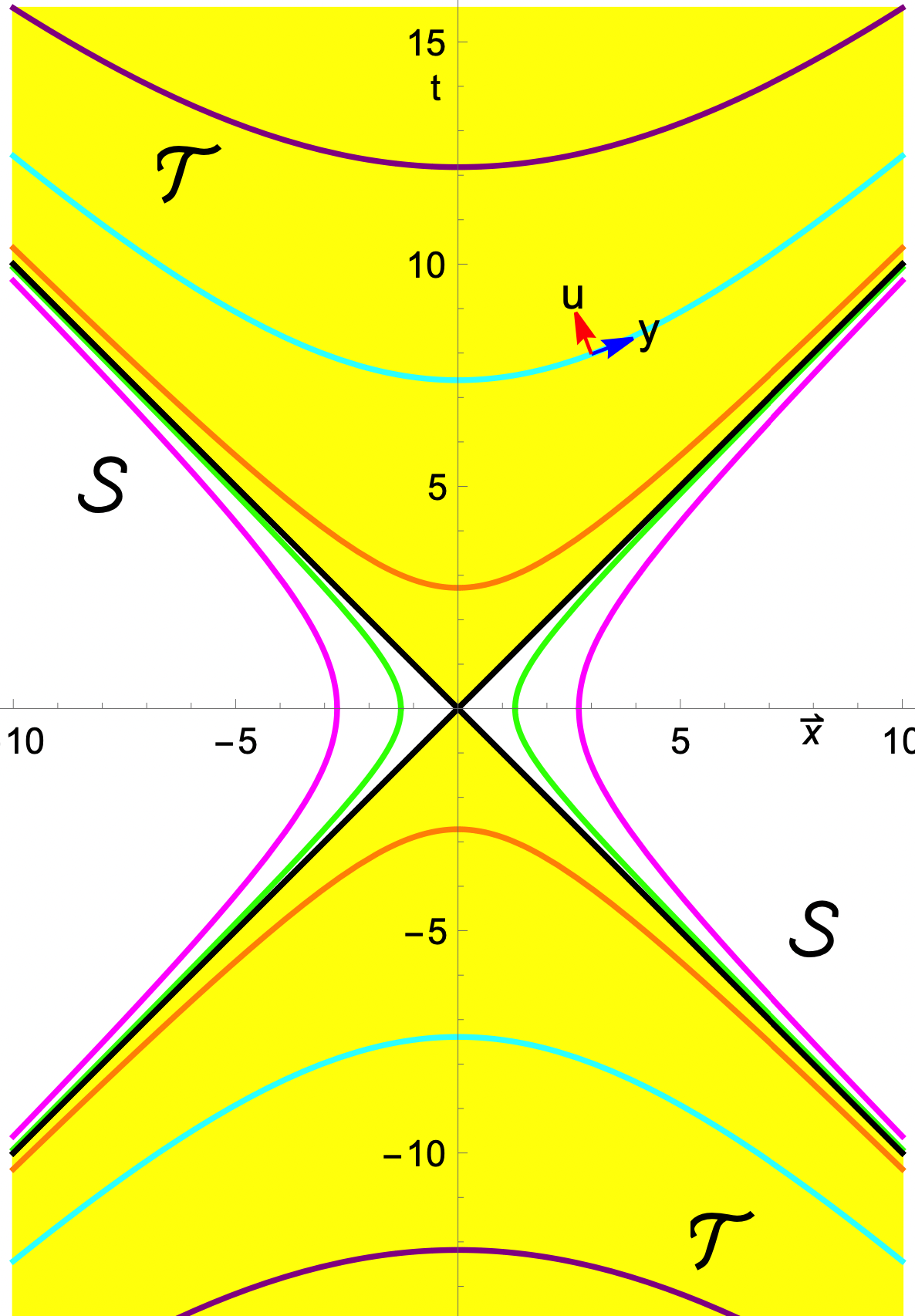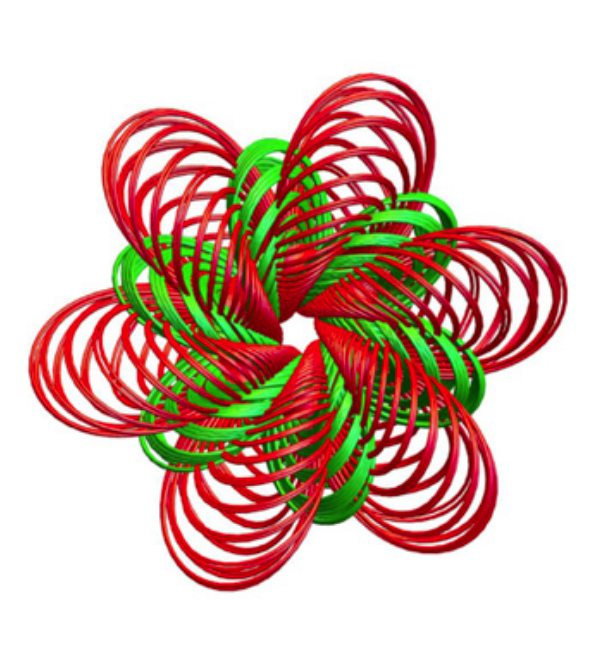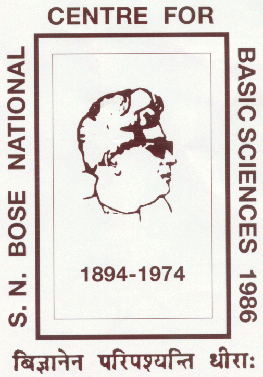Minkowski Yang–Mills solutions

An observer sitting at center 0, could witness 4-dim spacetime foliations: 1. lightcone-interior into unit-hyperboloids & 2. lightcone-exterior into -dimensional de Sitter spaces ; care should be taken in choosing (temporal/spatial) foliation parameter , e.g. as shown on left. Moreover, the symmetric spaces and are isomorphic to non-compact coset spaces built from the Lorentz group : and . Keeping this in mind and using dimensional reduction on with gauge group , we employed a -invariant connection one-form in 'temporal' guage—meaning transforms into a single-variable field , varying with —to obtain analytic Yang–Mills solutions in a recent work. The resultant field equation for is simply Newton's equation for an inverted double-well potential; solutions are well known Jacobi elliptic functions. The color electric- and magnetic-fields and the corresponding stress-energy tensor are singular at the lightcone, but the latter can be regularized. This work was also presented at a Colloquiium in Strasbourg [proceeding].








